One of the most popular activities in the summer is a trip to the countryside. This, of course, is fun, useful and interesting, but also to some extent dangerous. We are talking about various flying insects, the bites of which can lead to the most negative consequences. The risk of developing an allergy to an insect bite in children is higher than in adults. That is why every parent should know how to give the child first aid in case of a bite by a mosquito, wasp, bee or midge.
Mosquitoes, midges
Mosquitoes are the most common blood-sucking insects. In the summer, everyone suffers from them: both adults and children. In addition, the place of a mosquito bite is unbearably itchy, so these insects are still dangerous carriers of infection.
A typical reaction to a mosquito bite is as follows: the bite site turns red, slightly swollen, and itches heavily. After 2-3 days, the listed symptoms disappear. In some cases, a serious allergy can develop: after a bite, a large painful swelling forms, resembling a bee sting in appearance, the color of the swelling varies from light pink to bright red.
This is what mosquito bites look like:
This is what allergies look like after a mosquito bite:
In diameter, the swelling can reach ten centimeters. In rare cases, a general reaction of the body to a substance that enters the bloodstream during a bite occurs: a rash throughout the body, severe itching, Quincke's edema. The development of anaphylactic shock is indicated by such signs as shortness of breath, decreased pressure, tachycardia and vomiting.
First aid for a child with a mosquito bite
- the bite site must be disinfected with brilliant green. This will prevent infection of the wound;
- in place of the bite you need to apply a cool compress. This will reduce itching;
- a solution / slurry of soda (a teaspoon of soda and a tablespoon of water) helps with itching. Lubricate bites every 40 minutes;
- if there are several bites, it is better to give the child an antihistamine or apply an anti-allergic ointment (for example, Fenistil);
- from itching, wiping the bite of the tomato juice will help;
- as an emollient, you can use kefir or sour cream;
- raw potatoes will relieve heat and reduce the inflammatory response at the bite site;
- one of the folk remedies forgiving swelling and inflammation is applying a sheet of plantain;
- toothpaste relieves itching and burning;
- balm "Asterisk".
Ointments for bites (after mosquito bites): Boro-plus, Fenistil, La Cree, Fladex, Lifeguard, Death Balm, Baby Gardex Balm-Stick, OZZ Balm -consult a pediatrician before use.
Anti mosquito repellents: MOSKITOL MILK-SPRAY, Mosquitall mosquito repellent kit, Milk / cream / Mosquitall spray / spray, Organic mosquito repellent oil for children Mommy Care, ZANZHELAN SPRAY, Gardex Baby milk for protecting children from mosquitoes with sun protection. Gardex Baby Spray, Johnsons Baby Lotion - anti-mosquito. Protection: mosquito nets, fumigators (a device that vaporizes substances toxic to mosquitoes (fumigants)), ultrasonic mosquito repellers (emit radio waves of a certain frequency, repelling insects. Attaches to a bed or stroller, runs on batteries), Mosquito napkins and bracelets.
The midge bite is more insidious, as it is not felt right away. Redness and itching appear only after a while. A midge bite brings more discomfort than a mosquito bite.
The midge bit the child in the ear (the ear is swollen):
Very often midges bite into the eye and the eye completely swells.
How to help a child with a midge bite
- apply a cool compress to the bite site to stop itching and swelling;
- it is necessary to ensure that the child does not comb the place of the bite, since it is possible to introduce an infection into the blood.
In general, the same methods are used as with a mosquito bite.
Wasps, bees, bumblebees, hornets
A bee or wasp, when bitten, emits poison, which in itself is not dangerous for a child who does not suffer from allergies. However, allergies are not such a rare occurrence. Especially dangerous are cases when a wasp or a bee stings in the head, neck or lip. The poison with such a bite gets directly into the bloodstream.
In some people, an allergy appears after a while. Therefore, it is necessary to carefully monitor the condition of the child for several days and note any unusual changes.
There are several specific signs that are characteristic of a wasp, bee, bumblebee or hornet bite:
- pain, burning in the bite;
- the bite site and surrounding tissue swell. This is a very dangerous sign, especially if the insect stings a child in the neck or head;
- bright rashes at the site of the bite;
- dizziness, headache;
- nausea or vomiting (sign of severe intoxication);
- chills;
- body temperature rises;
- pain in the chest.
The most important thing when a child is bitten by a wasp or a bee is not to panic, but to take prompt measures:
- After a bee sting, a sting remains, which must be carefully removed with tweezers, or scrubbed with a hard object. You can not pull out the sting with your fingers - squeezed out poison will only strengthen the reaction. Wasps and bumblebees do not leave a sting, but their bite is dangerous for infection, so the wound should be treated as soon as possible;
- first, the bite site is washed with soap and water, then treated with an antiseptic. This will prevent infection;
- neutralize the poison as follows: rub lemon juice or powder of a crushed aspirin tablet into the bite;
- do not let the child comb the place of the bite;
- A compress with an aqueous solution of ammonia (1 to 5 ratio) or a weak solution of potassium permanganate will help reduce pain. You can also treat the bite site with menthol ointment or lidocaine;
- after a while, the bite site will begin to swell. A cold compress will help reduce puffiness (a cold object or ice wrapped in cloth, cold water in a bag);
- give the child an antiallergenic drug. Follow the attached instructions and observe the dosage. You can use fenistil ointment;
- In no case should you put earth on the site of the bite, as folk remedies advise. This will not relieve pain and swelling, but it is very easy to bring the infection in this way;
- fresh potatoes or a slice of tomato will help reduce itching;
- dissolve 1 tablet of validol in 0.5 cups of water do lotions. After 20 minutes, the swelling will subside (also helps with bites of midges);
- the bite site can be treated with onion juice, which has an anti-inflammatory effect.
CONSULT AN EXPERIENCE BEFORE USING!
Antihistamines: Suprastin, Tavegil, Erius, Clarotodin. They will relieve swelling and itching, will not allow allergies to insect bites to develop.
Ointments, balms and gels: Prednisone, Advantan, Fenkarol, Gistin, Fenistil (good for eliminating itching), Psilobalm, Fastum gel, Menovazan, Soventol, Hydrocortisone ointment, Gardex Family, Gardex Baby, Mosquitall balms, Insectline balm, Picnic Family balm.
From plants when bitten by a wasp or bumblebee, you can also pay attention to plantain, rhubarb and parsley root, which also have an antimicrobial and anti-inflammatory effect. From ready-made remedies, psilo-balm and Iricar are effective. They quickly relieve itching and burning.
When to see a doctor
Swelling and itching after an insect bite should go away after a couple of days. If after this time they have not passed, you must consult a doctor to exclude allergies or infection.
With a number of symptoms, you need to call an ambulance as soon as possible, since their presence can indicate a serious complication:
- wheezing. May indicate a beginning choking. This symptom is very common when bitten by a wasp or hornet;
- numerous bites;
- chest pain. This may be the reaction of the heart to a large dose of poison that has entered the body;
- labored breathing. The child speaks with shortness of breath, his breathing is intermittent and confused. Such a symptom may indicate swelling of the larynx or pulmonary edema;
- difficulty swallowing or pronouncing words. This may be asphyxiation or a violation of the nervous system that blocks important reflexes;
- After a bite, a lot of time passed, but the wound began to fester. Possible infection of the bite;
- shortness of breath, dizziness. A sign of intoxication, swelling of the larynx, or lung spasm.
How to avoid bites of bees, wasps, bumblebees?
Bright colors attract insects. When going outdoors, it is recommended to dress the child in light clothing (white, beige or gray). Before a trip to nature, it is better not to use perfumes and lotions with sweet, fruity odors - this is an excellent bait for bees, wasps and bumblebees.
When getting into a bee swarm, in no case should you wave your hands. Insects perceive this behavior as aggressive. If the child ate fruit or sweets or got dirty with juice, you should immediately wipe the food marks with a napkin. Rinse face and hands with clean water.
When going to nature, you need to stock up with special repellents and other insect repellents (we wrote about this above).
What to do if a child is allergic to a bee or wasp sting?
[sc: rsa]
The most common allergic reaction is the appearance of blisters on the body. When the first signs of an allergy appear (nausea, dizziness, swelling, etc.), an antihistamine should be given (clarithin, loratidine, etc.).
It is necessary to consult with your doctor in advance on the use of this or that remedy. Perhaps the doctor will advise you to give injections. This will have to be learned, since injection can be of considerable importance.
So, with what signs you need to immediately seek medical help:
- after a bite, a rash, shortness of breath or swelling appeared;
- a wasp or a bee has bitten a child in the face, neck or lip;
- the child was bitten by several insects.
Qualified medical care is aimed at emergency treatment of allergies. An antihistamine will be administered intravenously in the hospital. In severe cases, hormones are added to it, which quickly eliminate puffiness. The most dangerous swelling of the larynx, as it can lead to suffocation.
If first aid was provided in a timely and correct manner, the time spent in the hospital will not exceed several hours. That is why it is extremely important when you go out in the countryside to collect a first-aid kit that includes antiseptics, antihistamines, a clean bandage or cotton wool. On the recommendation of a doctor, hormonal drugs can be added to antihistamines.
Compliance with all these recommendations will save the child from unpleasant sensations after being bitten by an insect, and in a difficult situation, he will save him from dangerous consequences.
We also read:
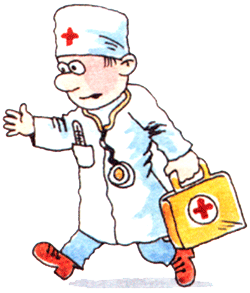 A child has a foreign body in his ear or nose - the rules of first aid -https://kid.htgetrid.com/en/eto-polezno-znat/u-rebenka-v-uhe-ili-nosu-inorodnoe-telo-pravila-pervoy-pomoshhi.html;
A child has a foreign body in his ear or nose - the rules of first aid -https://kid.htgetrid.com/en/eto-polezno-znat/u-rebenka-v-uhe-ili-nosu-inorodnoe-telo-pravila-pervoy-pomoshhi.html;- What to do if a child swallows a foreign object -https://kid.htgetrid.com/en/eto-polezno-znat/chto-delat-esli-rebenok-proglotil-postoronniy-predmet.html;
- First aid for a child who chokes or chokes -https://kid.htgetrid.com/en/eto-polezno-znat/pervaya-pomoshh-rebenku-kotoryiy-podavilsya-ili-poperhnulsya.html;
- The child in the country: security measures -https://kid.htgetrid.com/en/eto-polezno-znat/rebenok-na-dache-pravila-bezopasnosti.html
- First aid for a child in emergency situations -https://kid.htgetrid.com/en/eto-polezno-znat/dovrachebnaya-pomoshh-rebenku-v-ekstrennyih-situatsiyah.html.
Insect Bites - Komarovsky
[sc: ads]

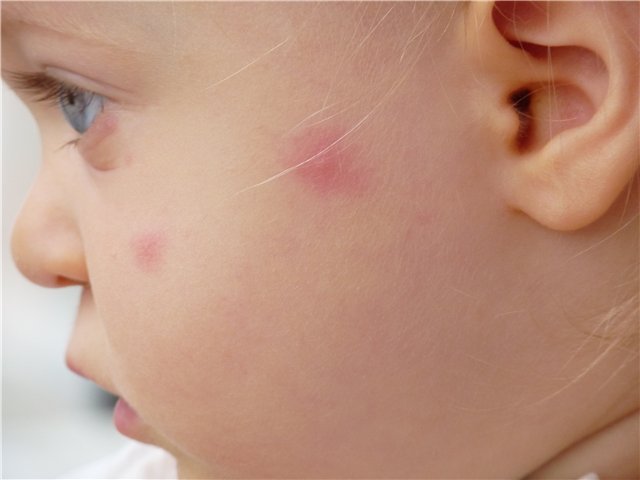
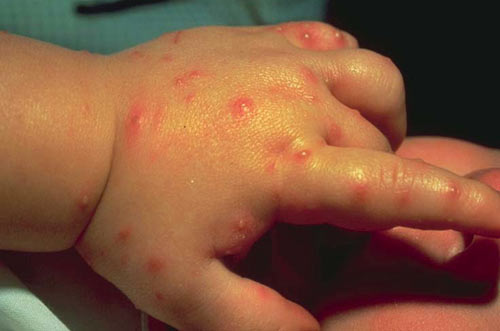
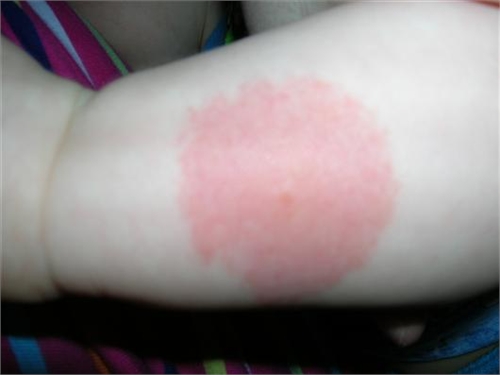
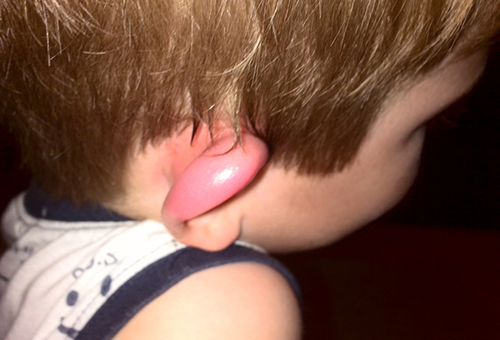
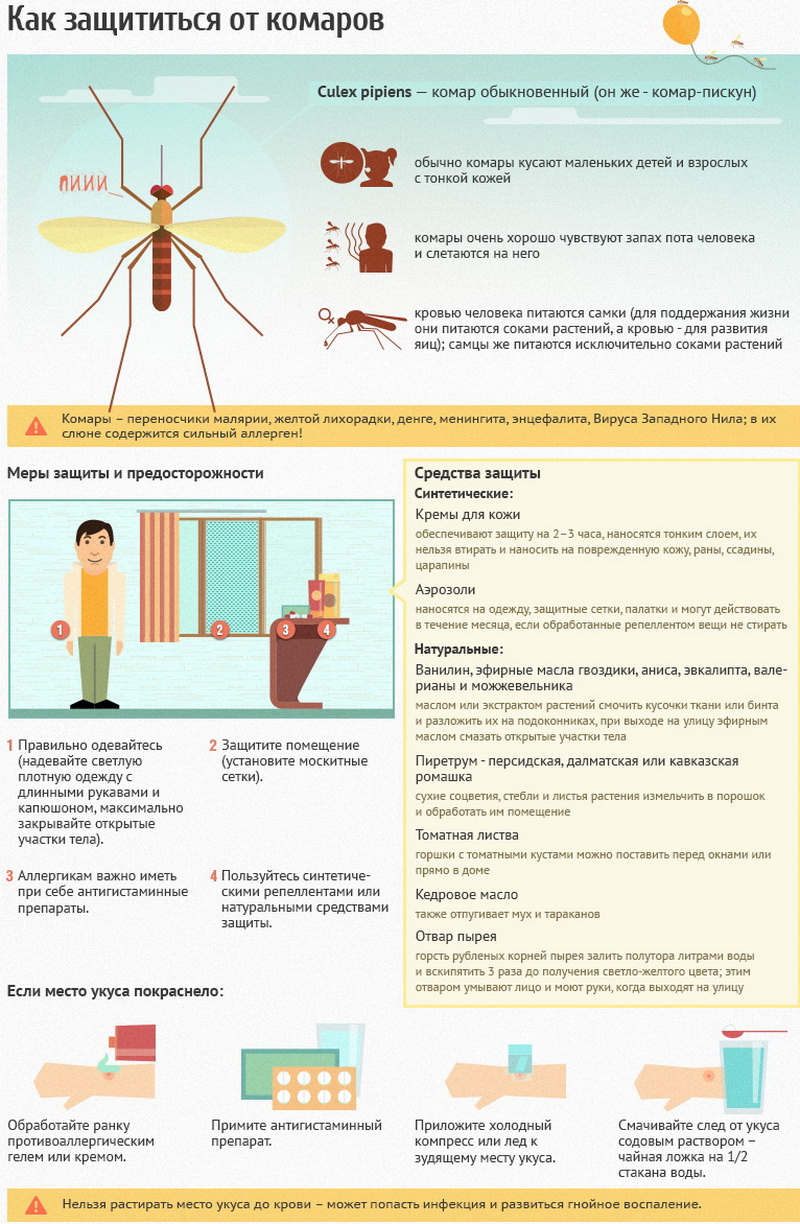
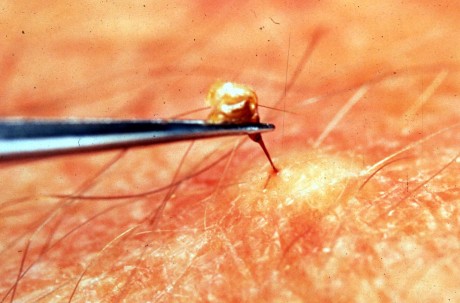
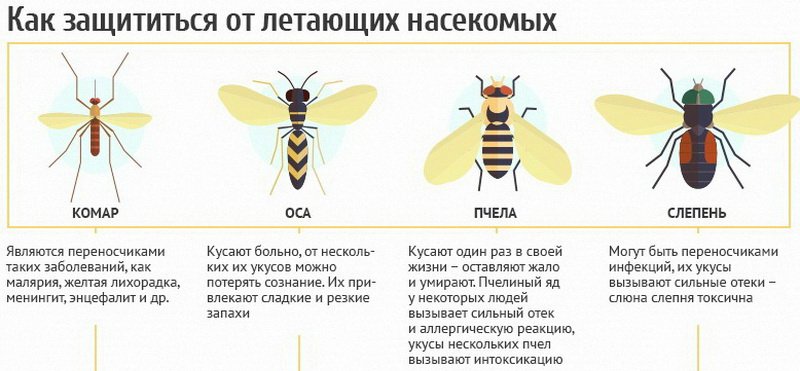
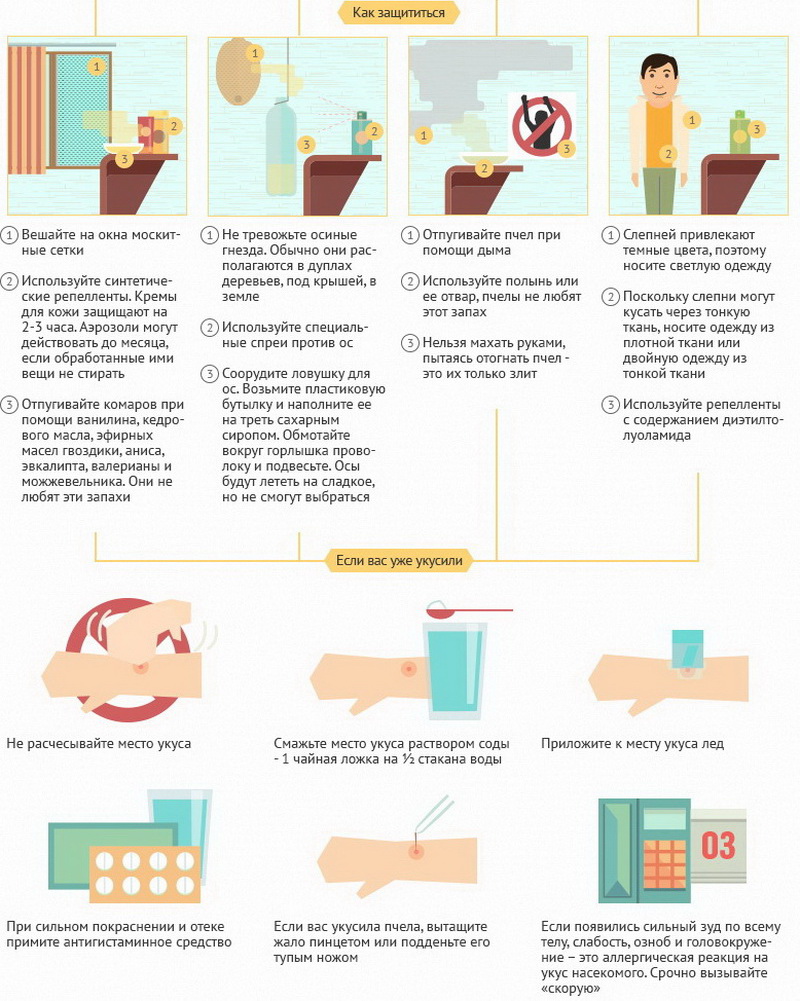

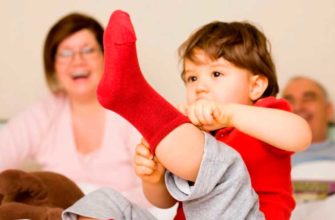

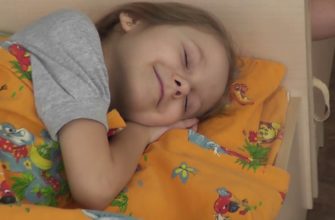
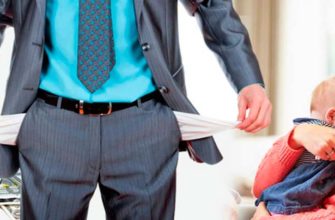

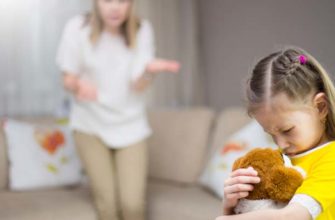

If your child was bitten by a bee during outdoor recreation (for example, on barbecue), and you don’t have any medications at hand, then a piece of fresh onion, which is a natural antiseptic, attached to the bite site will help.
We very often go on vacation to nature, and with us there is always a first-aid kit for insect bites. Since the baby is allergic, it is vital. Our first-aid kit includes: milk from sunburn (it is necessary to stop itching, apply only on the site of the bite!), Tweezers, cut the nails so that the child does not comb the bite to scratches, we also always have dry ice with us, or we apply a frozen bottle of water and a towel, as soon as we see that we have bitten. By the way, in addition to milk from sunburn, you can use Fenistil gel roller, very convenient.
When I travel with my child to nature, I always take allergy pills with me. In our case, it is lorano (loratadine). Once we had a rest in a wild place near a reservoir. When we arrived and got out of the car, mosquitoes simply stuck! I and my family sat in shock in a tent for half a day, not wanting to go out, I was simply horrified: my whole body was itchy and itchy. But the rest was just beginning and had to adapt. They were smeared with anti-protective properties, and already existing bites were wiped with soda (it relieves itching well) and a life preserver ointment is an excellent remedy on herbs. Tea tree oil is also an antiseptic, it is also always with me in such cases. And with a wasp sting, parsley helped, this is when there were no tablets with them, they used folk remedies.
The child was bitten strongly by mosquitoes, he came from the dacha, all disappeared, with wounds and multiple mosquito bites. I immediately began to process the bites, because the child can not explain that scratching is not necessary. If it itches, then you need to scratch. I bought a pencil after bites. Dr. Rep, I processed all the bite places, the child liked the cooling effect, the itching went away almost immediately, all the inflammation also quickly disappeared. It processed for several days, the skin recovered.